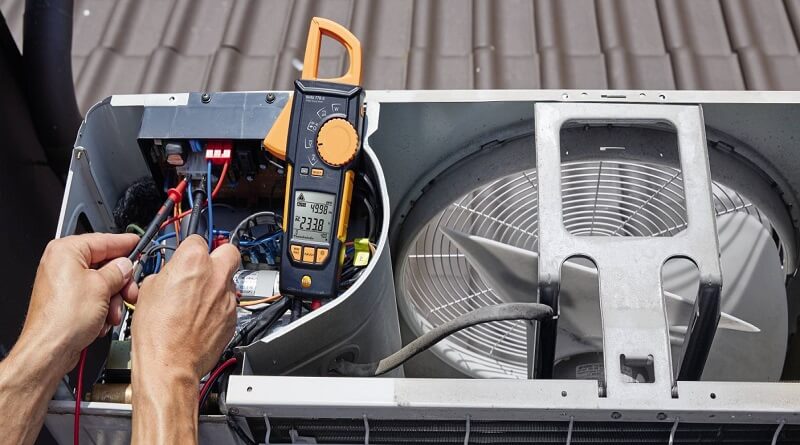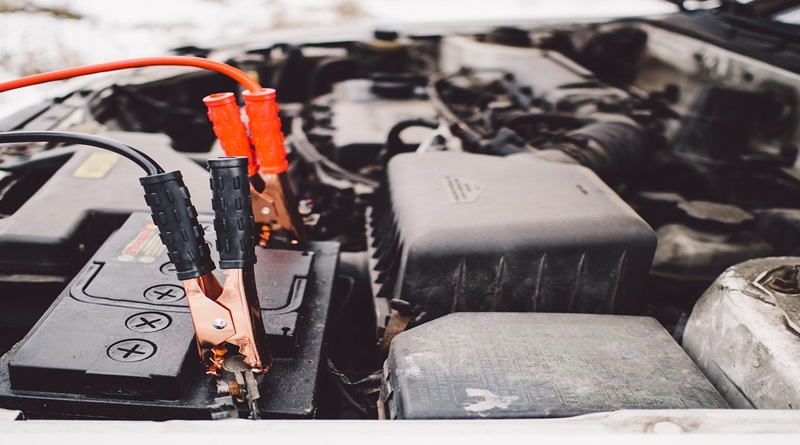Clamp Meters: The Ultimate Guide

Electrical measurement becomes essential when measuring certain variables like voltage, current, power, energy, and electrical resistance. Electrical measuring methods are critical for most key industries, including power, pharmaceutical, automobile, communications, aircraft, aerospace, thermal imaging, health, and much more sectors. They are helpful in the detection, testing, calibration of devices. They are also helpful in monitoring electrical parameters, refrigeration, air conditioning, or even environmental technology.
Most of the time, electrical quantities are measured to analyze a system’s electrical aspects. Other physical properties like temperature, flow, force, pressure and many others can be converted into electrical signals that can be conveniently measured and recorded after that.
You will find many devices and instruments used for gauging various electrical aspects, including multimeters, clamp meters, voltage testers, ammeters, tube testers, Capacitance meters, and much more.
In this particular article, we will consider one of the most popular of these instruments, the clamp meters.
What Is A Clamp Meter?
Clamp meters are the most popular electrical instruments for their ability to measure current without any physical contact. It is basically an electrical testing tool that works by combining two equally important factors, digital multimeter and a current sensor.
It is a device that is shaped like a clothes peg, which can be clamped around a live wire in order to measure the current it’s carrying.
Initially clamp meters were made with an intention to be a single-purpose test tool. However the modern clamp meters are equipped with much more advanced measurement functions, high-quality precision, and specialized features.
Nowadays, clamp meters are preferred over digital multimeters, as clamp meters also have some of the basic functions from digital multimeters like the ability to measure voltage, continuity and resistance.
What Does A Clamp Meter Do?
Clamp meters are used for measuring current without any physical connection with the device to be measured.
In simple terms, clamp meters can measure current flowing to a machine or electronic device during the continuity of its operation.
Clamp meters are available in a number of types, and are divided in terms of what they measure such as
- DC current measurement
- AC current measurement
- Leakage current measurement
- Starting current measurement
- Voltage measurement
- Continuity checks, resistance measurement, and diode measurement
- Capacitance measurement, temperature measurement
Of course, if you go logically, a single clamp meter might not be able to measure all of these parameters. Therefore, you will have to choose the most suitable clamp meter for your specific application.
Clamp meters are beneficial in industrial equipment’s, industrial controls, all types of residential, commercial, and industrial electrical systems. They are primarily used during repairing existing systems, troubleshooting installation problems, performing final circuit tests, supervising apprentice electricians while installing electrical equipment’s, performing scheduled and preventative maintenance as well as system troubleshooting for certain applications such as thermal imaging, etc.
How Does A Clamp Meter Work?
Clamp meters work based on the principle of ampere’s right-hand screw rule. It works by detecting the magnetic field generated by the current flowing in the wire being measured and then uses the magnetic field to measure the current.
When any current flows, it generates a magnetic field in the shape of concentric circles. The strength of the field is proportional to the magnitude of the current, and the direction of the field is equivalent to the direction a screw is turned to tighten it.
Furthermore, changes in a magnetic field will induce a current in a coil that passes through it. The magnitude of that current is determined by the amount of the change. Clamp meters measure this induced current to determine the magnitude of the magnetic field and thereby measure the current flowing in the conductor.
Is A Clamp Meter And Multimeter The Same?
Although both clamp meter and multimeters work along similar routes their primary destinations are different to each other.
Digital multimeters are basically voltage-measuring tools with some current measuring abilities. Whereas, a clamp meter is a current-measuring tool equipped with some voltage measuring abilities.
Multimeters need to be inserted in series with the circuit under measurement, that requires it to be first cut. On the other hand, clamp meters are able to measure the current flowing in the wire by clamping around it detecting the magnetic field generated by the current.
Why Are Digital Clamp Meters Better?
Digital clamp multimeterprobes are one of the most beneficial instruments in today’s world.
They are popular due to two important reasons of safety and convenience of use. Clamp meters are safe and easy to use, and do not involve much risks for electricians. They can be conveniently used as during a measurement; you do not need to shut off the circuit carrying current.
They can measure high levels of current as compared to the multimeters.
Final Word
We have seen almost every feature and fact related to clamp meters. If there’s any query we might have missed in the article, let us know.
Does your industry use clamp meters?
Share your thoughts!





